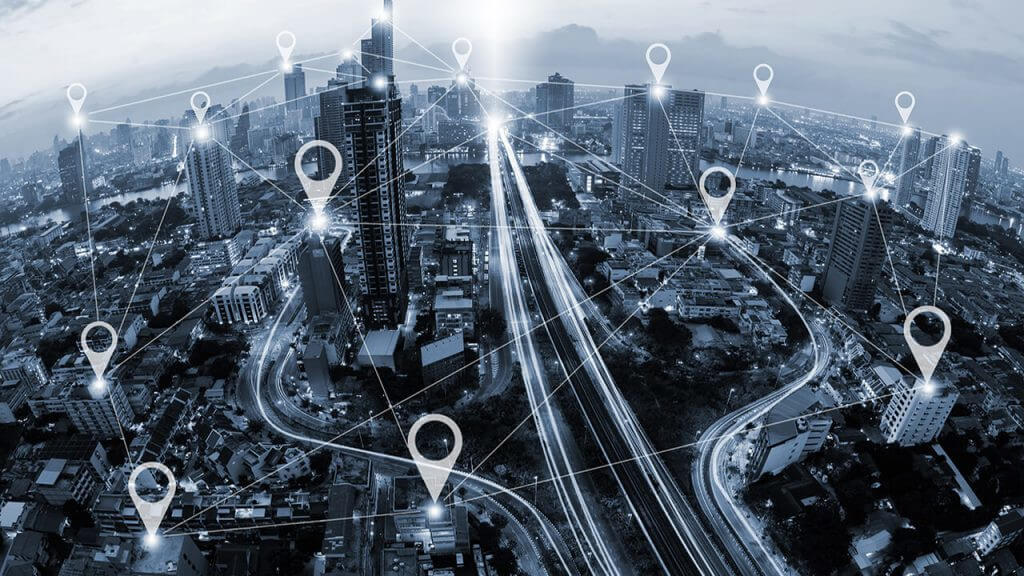
The travel industry operates through a complex and fascinating network of distribution channels that ensure products and services efficiently reach end consumers. In the B2B sector, these channels play a crucial role in optimizing operations and maximizing business opportunities.
NB: This is an article from Staah
Let’s explore the main groups:
Wholesalers, Bedbanks, and DMCs/Receptives
- Wholesalers: Purchase large volumes of travel products to resell to businesses like travel agencies and tour operators, ensuring availability and competitive pricing. Examples:, Tourico Holidays.
- Bedbanks: Act as intermediaries, storing accommodation inventories and distributing them to travel agencies, bridging the gap between hotels and sales points. Examples: BedbankGlobal.
- DMCs/Receptives: Local specialists offering customized products and services in specific destinations, sold through travel agencies and tour operators. Examples: Abercrombie & Kent, Kuoni Destination Management.
Web Platforms and Metasearchers
- Web Platforms: Sites like Booking.com and Expedia.com offer real-time access to a wide range of travel products, facilitating transactions for intermediaries and suppliers. Examples: Agoda.
- Metasearchers: Services like Kayak and Skyscanner compare prices from various providers, redirecting users to complete purchases on the providers’ sites. Examples: Kayak, Skyscanner, Trivago.
Packaged Products and Airlines
- Packaged Products: Combine travel services like flights, accommodation, and activities into single packages, offering cohesive solutions directly to consumers. Examples: TUI, Thomas Cook, Apple Vacations.
- Airlines: Sell tickets and collaborate with other providers to offer complete travel packages, also managing loyalty programs with exclusive benefits. Examples: Emirates Holidays, American Airlines Vacations.
Corporate and Loyalty Programs
- Corporate Programs: Offer tailored travel products and services with additional benefits and incentives, enhancing satisfaction and loyalty among exclusive member groups. Examples: American Express Global Business Travel, CWT (Carlson Wagonlit Travel).
Retail Travel Agencies and B2B Distribution Groups
- Retail Travel Agencies: Provide personalized consulting and sell travel products directly to consumers through physical locations. Examples: Flight Centre, Hays Travel.
- B2B Distribution Groups: Facilitate the flow of products from suppliers to end consumers, optimizing distribution and expanding product reach. Examples: Travel Leaders Group, Virtuoso.
Conclusion
In the B2B sector, the travel industry’s distribution network is complex and vital for efficient service delivery. Understanding these channels and their functions is essential for optimizing distribution strategies and enhancing customer experiences throughout the journey.




